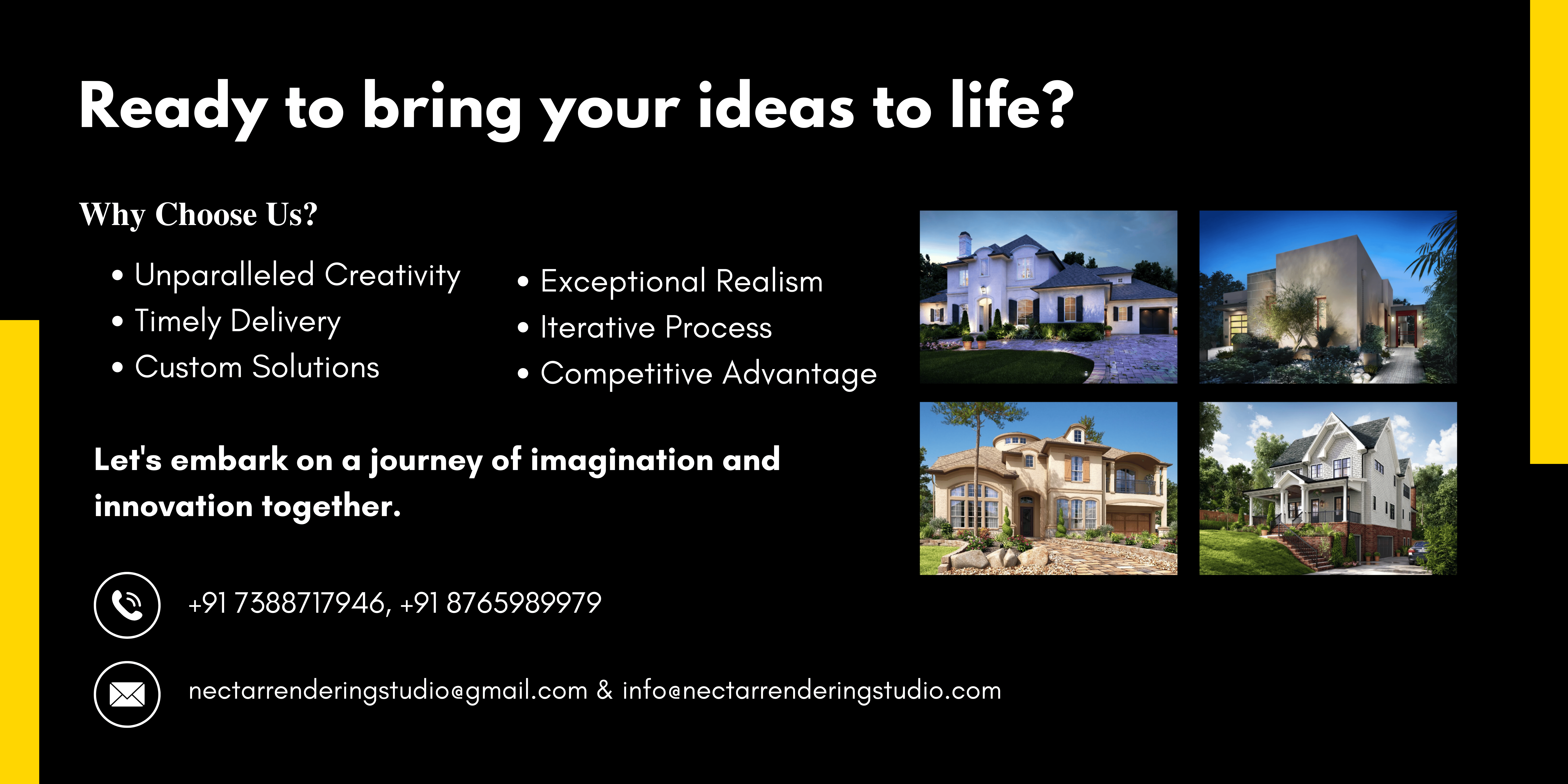Augmented Reality (AR) and Virtual Reality (VR) are two distinct technologies that have gained widespread popularity in recent years. Both AR and VR offer immersive and interactive experiences, but they differ significantly in their applications and functionality. In this blog, we will explore the key differences between Augmented Reality and Virtual Reality, along with their respective applications and use cases.
- Definition and Experience
Augmented Reality (AR): AR is a technology that overlays digital elements or information onto the real world, enhancing the user’s real-world environment. AR integrates computer-generated graphics, text, or audio into the user’s view of the physical world, making it appear as if the virtual content is part of the real environment. Users can still see and interact with the real world while additional digital information is displayed within their field of view.
Virtual Reality (VR): VR is a technology that immerses users in a completely virtual environment, isolating them from the real world. VR uses head-mounted displays (HMDs) or VR goggles to create a simulated reality, where users can interact with and navigate through computer-generated environments. In VR, users are completely immersed in a computer-generated world, and their real-world surroundings are blocked from their vision.
- User Interaction
Augmented Reality (AR): In AR, users interact with virtual elements while still being aware of and engaged with their physical surroundings. AR devices, such as smartphones or AR glasses, allow users to see and interact with virtual content overlaid on the real world. Interaction with AR content often involves gestures, touch, or voice commands.
Virtual Reality (VR): VR provides a fully immersive experience where users interact solely with the virtual environment. In VR, users are cut off from the physical world, and their actions and movements are tracked and translated into the virtual space. They can interact with objects, navigate through the virtual environment, and experience realistic simulations, all within the VR environment.
- Applications and Use Cases
Augmented Reality (AR): AR finds applications in various industries and sectors. Some common use cases include:
- Gaming: AR games, where virtual elements are superimposed on the real world, creating interactive gaming experiences.
- Navigation and Wayfinding: AR navigation apps provide real-time directions and information overlay on the user’s view of the physical environment.
- Retail and Shopping: AR is used for virtual try-ons, allowing customers to visualize products in their own space before purchasing.
- Education and Training: AR enhances learning experiences by providing interactive and informative overlays in educational content.
- Industrial Applications: AR is used for hands-free access to information, such as instructions or schematics, in industrial settings.
Virtual Reality (VR): VR has diverse applications across industries and domains. Some prominent use cases include:
- Entertainment and Gaming: VR offers immersive gaming experiences, enabling players to be fully immersed in virtual worlds.
- Training and Simulations: VR is used for training simulations in fields like aviation, medicine, and military, allowing for safe and realistic practice.
- Design and Architecture: VR facilitates virtual walkthroughs of architectural models, enabling clients to experience proposed designs before construction.
- Healthcare and Therapy: VR is used for pain management, exposure therapy, and rehabilitation exercises.
- Social Interaction: VR enables users to interact with others in shared virtual spaces, fostering a sense of presence and social engagement.
- Real-World Integration
Augmented Reality (AR): AR integrates virtual elements into the real world, enhancing the user’s perception of their surroundings. AR is designed to complement and augment real-world experiences.
Virtual Reality (VR): VR isolates users from the real world and creates a simulated reality. Users are immersed in a virtual environment, and their real-world surroundings are intentionally blocked from view.
Conclusion
In conclusion, Augmented Reality (AR) and Virtual Reality (VR) are two distinct technologies that offer unique and immersive experiences. AR overlays digital content onto the real world, allowing users to interact with virtual elements while still being aware of their physical surroundings. On the other hand, VR provides a completely virtual environment, immersing users in a computer-generated world where they can interact with objects and navigate through simulated spaces.
Both AR and VR have diverse applications across industries, from gaming and entertainment to education, training, healthcare, and more. The choice between AR and VR depends on the specific use case and the level of immersion and real-world integration required. As these technologies continue to evolve, they will undoubtedly play an even more significant role in shaping the future of various industries and transforming how we interact with digital content and the world around us.
____
Searching for impeccable 3D rendering Company? Look no further! 🎯
We specialize in turning your visions into awe-inspiring visual masterpieces. Whether you’re an architect, interior designer, real estate professional, or a business owner seeking to showcase your products, our top-tier 3D rendering services are tailored to meet your unique needs.


